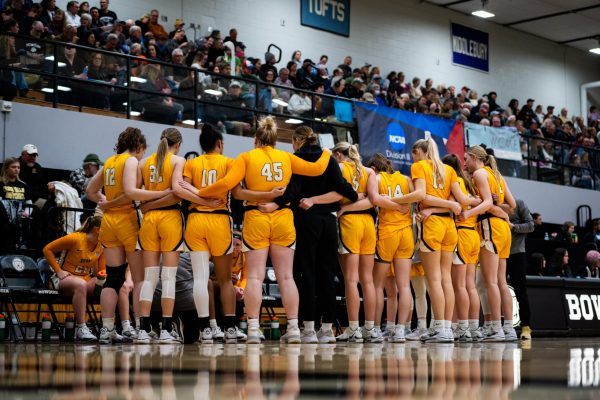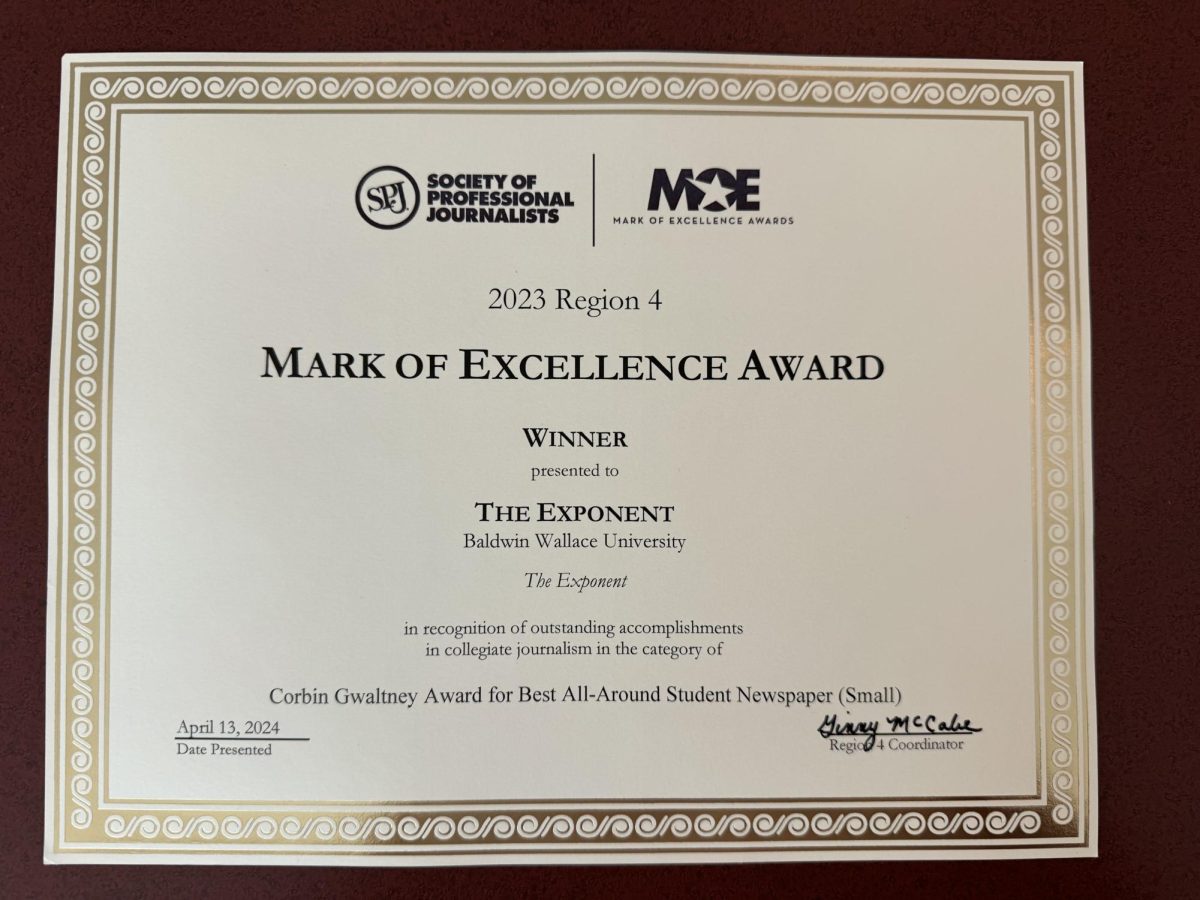‘The Invisible Man’ finds inventiveness within an old story
It should be said that horror veteran Leigh Whannel’s new stylish sci-fi thriller “The Invisible Man” isn’t exactly breaking new ground.
Based freely on the H.G. Wells novel of the same name, the Elisabeth Moss star vehicle is just one in a long lineage of motion pictures to play on the events and themes of the 1897 source material. Even beyond its status as an adaptation of a famous story, the film is a proverbial cavalcade of familiar horror elements; Moss’ character spends much of the first hour looking around empty rooms, searching for the villain that the audience is aware of but none of the characters are. She struggles to convey her predicament to those close to her; she’s told she is imaging things. We know this story — we’ve seen it myriad times — which makes it all the more impressive when yet another version of this story makes us feel as if we’re experiencing something interesting and new. This “Invisible Man” does exactly that.
The publishing and critical reception of “The Invisible Man” had, for many, cemented Wells’ place as the father of the horror genre. Indeed, Wells’ story has not only inspired beloved direct adaptations of the novel (most famously 1933’s effort starring Claude Rains), but also served as the framework inside of which countless other horror stories are conceived — man comes across technology, technology makes man powerful, excessive power drives man into insanity and violence, etc. This adaptation quite literally flips this script; instead of focusing on the titular invisible man, we see the story from the vantage point of his victim: here, Cecilia (Moss), a woman escaping an abusive relationship with a mega-rich expert in the field of optics and surveillance (Oliver Jackson-Cohen). Cecilia is initially relieved when the man she’s escaping is reported dead, but soon feels his controlling presence again. Only she can’t see him — no one can. It’s a far fresher take on a classic tale that allows for genuine shock within an often-predictable genre.
The dramatic irony of a person experiencing a horror too outlandish to be believed by the other characters onscreen, an instantly recognizable staple of the horror genre, is elevated in this film by the setting it within the dynamic of an abusive relationship. Though the thematic elements are not heavy-handed, the film explores what can happen when a woman is gaslit not only by her abuser but also — often inadvertently — by the culture at large. Moss is eminently compelling in portraying this dynamic, conveying the hysteria and insanity she’s pushed to by her circumstances while remaining believable to the audience and resisting falling into a type of all-too-typical horror-victim broadness. The plot winds wildly but for the most part remains focused; though the third act — shocking and entertaining as it may be — will require the audience to suspend more than their fair share of disbelief.
A great horror film asks its audience to examine what, at its core, makes a horror film scary. Yes, it is frighteningly entertaining to watch Elisabeth Moss writhe and scream at the hands of an invisible monster, but even scarier knowing that no one will believe her until they too are harmed by her abuser. Well-performed and cleverly written, “The Invisible Man” is a fascinating and perversely riveting meditation on over a century of horror lore — a film that honors and expands upon the legacy of one of the genre’s crowning achievements.
The Exponent is looking for financial contributions to support our staff and our newsroom in producing high-quality, well-reported and accurate journalism. Thank you for taking the time to consider supporting our student journalists.









































